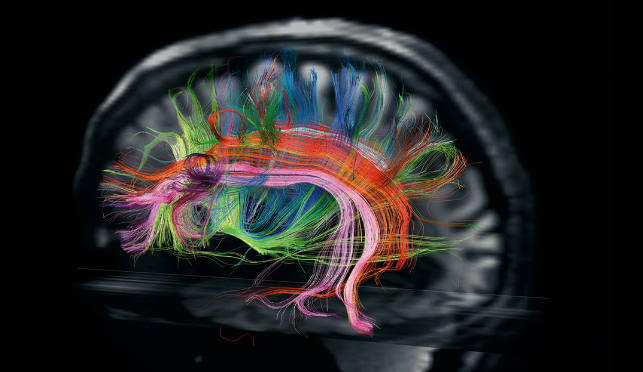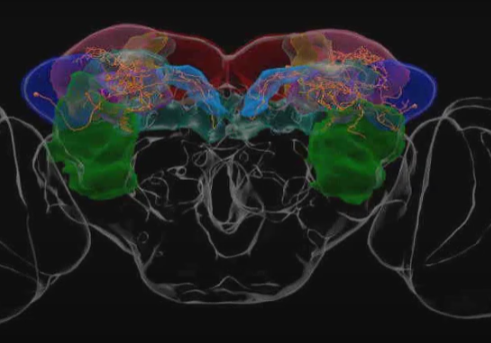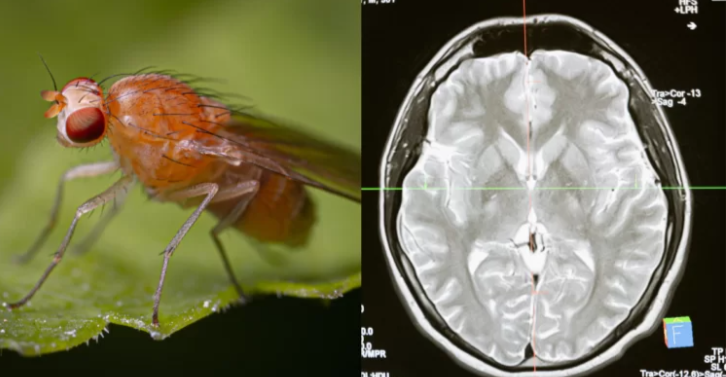Brain decryption, where is the cold switch hidden?

Hey, brain explorers! Surely you’ve heard that myth about the frog jumping out of boiling water, right? But what happens if you heat the water little by little? Well, you’re taking a cooked frog for lunch! Madness! This catchy story has inspired the geniuses at Northwestern University, who have unraveled a brain pathway that quickly warns us when things get hot. Marco Gallio, the leader of this brain expedition at Northwestern, tells us that animals are often quicker to react to sudden changes than to slow transformations. Imagine you’re at a party and suddenly they change the music; you’re sure to turn your head faster than a fruit fly U-turn.
These curious scientists used fruit flies as their guinea pigs (but without the hair), since they are like us, only with wings and antennae. They discovered a circuit in the brain of these little flies that is activated only when the temperature changes rapidly, preparing the flies for a Houdini-style escape. Now, you may ask, why flies? Well, aside from the fact that they are super convenient research models, it turns out that flies have 100,000 neurons, while we’re running around with about 100 billion. So, if they understand how it works in a fly, they can make us understand how temperature dances in our brain! And what did they discover? That these flies are like quick-change ninjas, if you turn up the temperature fast, they do a 180-degree turn to run away! But if it’s a slow warm-up, it’s business as usual!


They identified a group of neurons in the fly brain that fire only when the change is rapid, like a flash of light. Jenna Jouandet, a PhD student, tells us that these neurons could be the flies’ alarm button, helping them prepare to flee from dangerous thermal conditions. Here comes the coolest part! When they experimentally turned off these neurons, the flies did not escape as quickly. Yes, they took away the turbo of the escape! To better understand this issue, the Brainonauts collaborated with a professor of applied mathematics, William Kath. Together, they built a computer model with antennas and wheels to demonstrate how adding a “hot” neuron could improve the bolide’s response.
Marco Gallio thinks that these results not only apply to flies, but may also be the reason why you feel a chill when you enter a room with a different temperature. These neurons are like the brain’s weather predictions! So, you know, guys and gals, our brains have their own heat radar for those last minute changes. Long live flies and long live science!





Responses